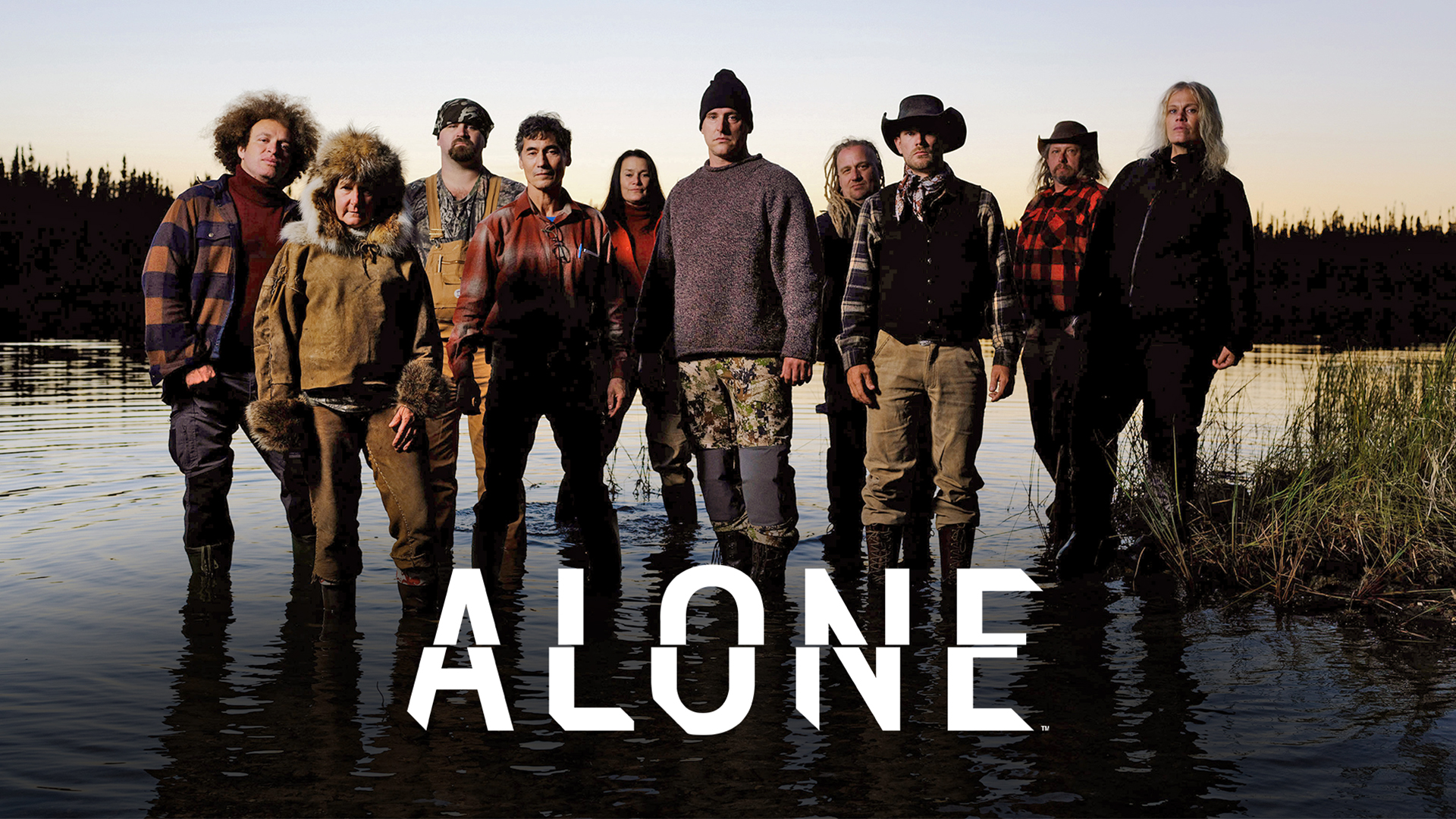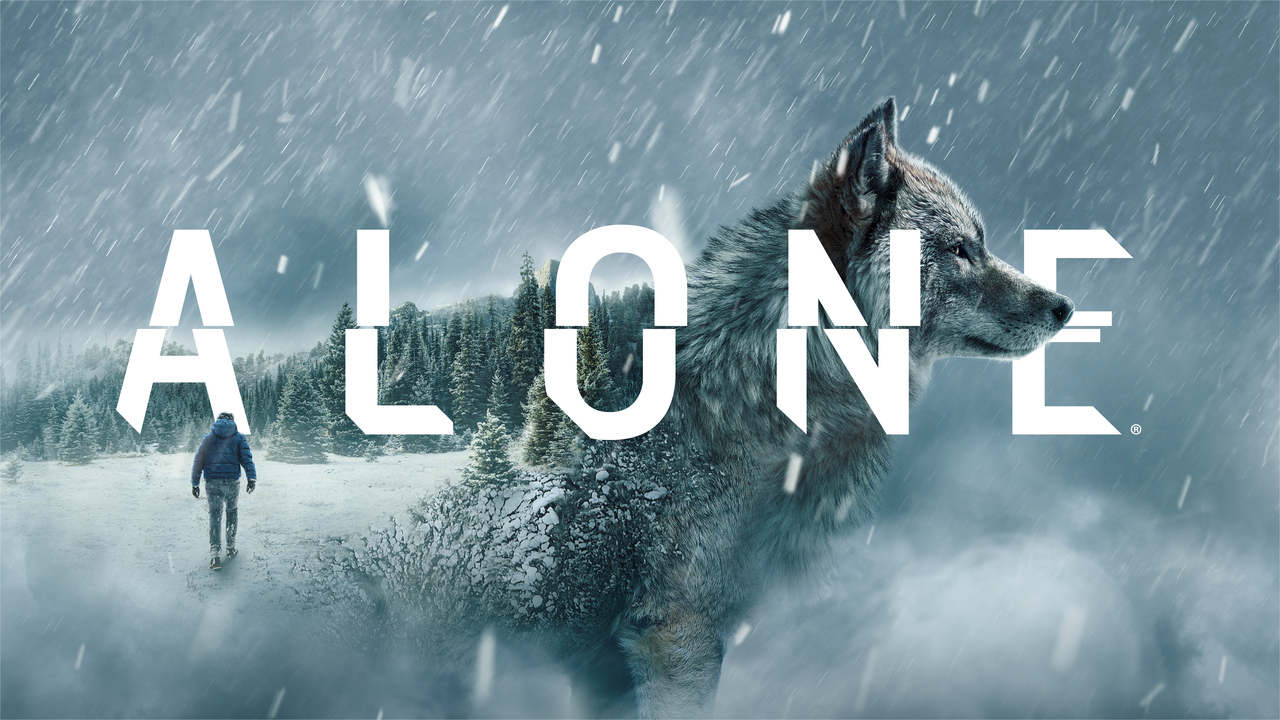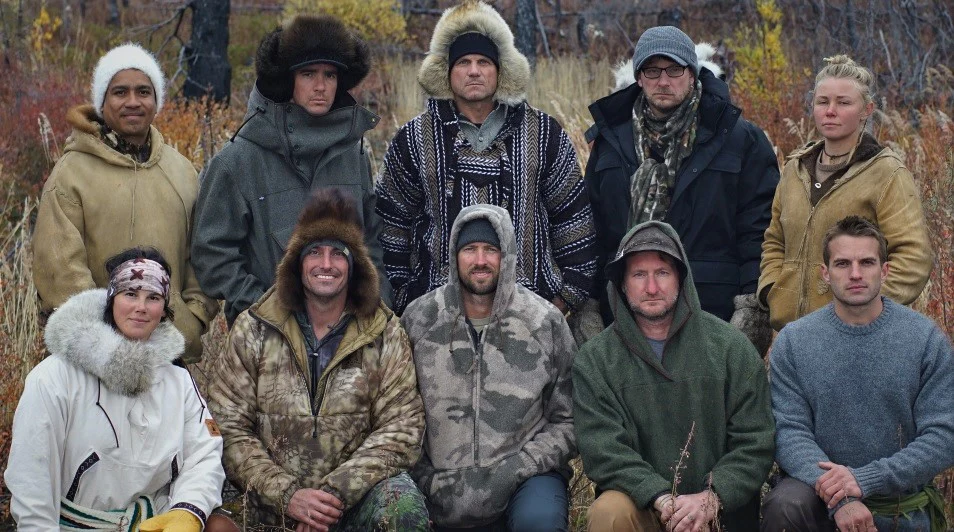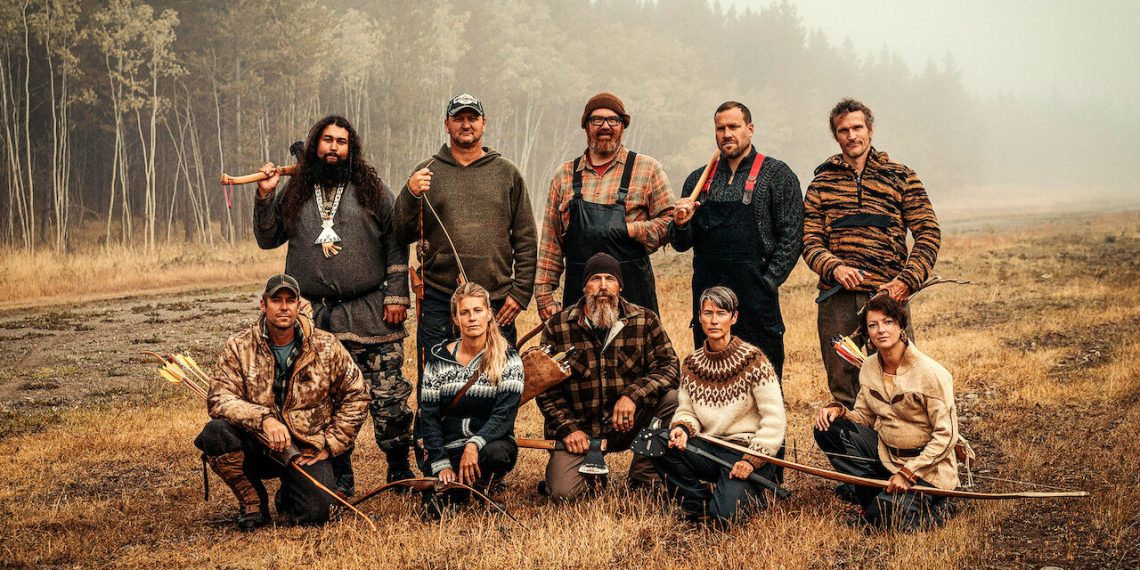The idea of surviving alone in the wilderness with nothing but a handful of supplies is as terrifying as it is thrilling. That’s precisely what ‘Alone’ asks its contestants to do, pushing them to their physical and psychological limits. Unlike many survival-based reality shows that involve teams or staged conflicts, ‘Alone’ is built on the premise of complete isolation. Participants must rely on their own skills, instincts, and resilience to endure some of the harshest conditions on the planet.
As the series has grown in popularity, so have the questions surrounding its authenticity. Reality TV often blurs the line between genuine struggle and manufactured drama, leading many to wonder if ‘Alone’ is truly unscripted. While it certainly captures raw moments of survival, there are aspects of the production process that shape the experience. Editing, safety protocols, and producer oversight all play a role in crafting the final product that audiences see on screen.
Lets explore the reality behind ‘Alone,’ breaking down its format, production influence, and the extent to which the survival experience is truly unfiltered. By understanding how the show is made, viewers can better appreciate the incredible challenges the contestants face and the level of authenticity the series maintains.
The Format of ‘Alone’

‘Alone’ stands out in the crowded world of survival TV shows. Unlike other reality series that focus on group dynamics or survival challenges in controlled environments, ‘Alone’ isolates its participants in remote locations. Contestants must rely on their resourcefulness to survive with minimal supplies. Each participant is given a set of equipment, which they can choose from, and the rules are simple: survive as long as possible.
The series challenges participants to live off the land, building shelter, foraging for food, and enduring harsh weather. The winner is the person who stays in the wild the longest without assistance. They must document their experiences with personal cameras, providing a firsthand account of their journey. This DIY filming approach gives the show an authentic and intimate feel, as viewers are given a look into the contestants’ daily lives, struggles, and emotional states.
But the question remains: How much of this experience is real? Are the contestants truly left alone, or is the show adding scripted elements to enhance the drama?
Is ‘Alone’ Scripted?
The quick answer is no, ‘Alone’ is not scripted in the traditional sense. Contestants are not given lines or told how to act. However, the show is not entirely free from influence. There are several elements of the show’s production that may give the appearance of scripting, such as the editing process and the setup of the challenges.
The Role of Editing
The post-production process plays a significant role in shaping the narrative of ‘Alone.’ While the footage filmed by participants is raw and unedited, the way it is stitched together can create a certain narrative structure. For instance, moments of intense emotional distress, wildlife encounters, or key survival breakthroughs are highlighted, while less dramatic scenes are often left on the cutting room floor. This editing strategy helps maintain viewer engagement but can sometimes make the experience seem more extreme or dramatic than it truly is.
Additionally, the editing process ensures that the pacing of the show remains compelling. Viewers may see contestants struggle with hunger, fatigue, and loneliness in a way that seems continuous, but these emotional highs and lows are often condensed into specific moments. This gives the appearance of a more intense survival experience, which is designed to keep audiences hooked.
The Influence of Producers

While the show is not scripted, producers do have a significant role in determining the direction of the series. For example, they select the locations, provide the participants with survival gear, and decide how the contestants are monitored. They also ensure safety measures are in place. While the contestants’ actions are not scripted, the framework within which they operate is carefully controlled.
Producers also monitor participants’ health and well-being throughout the competition. Contestants are required to check in with medical staff periodically, and they can be removed from the competition if their health deteriorates to dangerous levels. These safeguards are essential to ensure the well-being of the participants, but they also serve to maintain the integrity of the show’s format.
Rules and Regulations of ‘Alone’
The rules of ‘Alone’ are straightforward, but they are essential to maintaining the integrity of the show. Each season, participants are given a specific number of items to bring with them, but they are not allowed to take any food or water. The goal is to survive using only what is available in the natural environment.
Participants are also required to film themselves using cameras provided by the production team. This gives viewers a direct, unfiltered look into the contestants’ experiences. However, they are not entirely alone in the wilderness. Contestants have access to a medical team that can remove them if their health is at risk, and they can also be contacted in the event of an emergency.
Despite these controlled elements, the true test is the survival skills of the contestants. Their ability to adapt, build shelter, find food, and cope with isolation is what drives the show forward. While certain aspects of the competition are facilitated by production, the survival experience itself is real, and the contestants face genuine challenges.
The Authenticity of the Experience

One of the most compelling aspects of ‘Alone’ is the authenticity of the experience. Contestants are genuinely isolated in remote locations, and they must rely on their skills and instincts to survive. The lack of outside help and the emotional toll of prolonged isolation adds a layer of realism that is rarely seen in other survival shows.
For many contestants, the mental and emotional challenges of isolation are just as difficult as the physical challenges. Loneliness, fear, and anxiety are constant companions in the wilderness, and the show does an excellent job of portraying these psychological struggles. Contestants often grapple with moments of doubt and despair, questioning whether they can continue or whether they should tap out. These real emotions are what make ‘Alone’ stand out as a truly authentic survival experience.
The Contestant’s Journey: What You Don’t See
Though the show presents itself as an unfiltered look at survival, there are aspects that viewers may not fully understand. For example, while contestants are isolated from the outside world, they are not entirely cut off from civilization. They are given a satellite phone, which they can use to contact the production team or request medical help if necessary. However, they are discouraged from using the phone unless absolutely necessary, which preserves the authenticity of the experience.
Additionally, there are logistics involved in the filming process that viewers may not consider. The camera equipment used by contestants is often bulky and difficult to manage, making it a challenge for them to film consistently. The production crew ensures that the cameras are working properly, and they sometimes help with troubleshooting, which can make the experience feel less “alone” than viewers might think.
In the end, ‘Alone’ remains one of the most intense and genuine survival shows on television. While aspects of production help shape the narrative, the experience of the contestants is undeniably real. Each season has produced incredible moments of endurance, with some contestants surviving in isolation for over 100 days—longer than many wilderness survival courses even recommend attempting.
[Updated: 03/30/2025]





